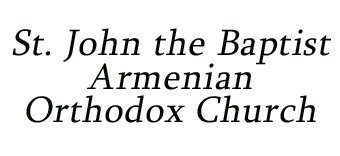BIRTH OF KEVORK MESROB
Kevork Mesrob was a longtime teacher as well as prolific author and public servant both in the Ottoman Empire and Bulgaria.
His real name was Kevork Der-Mesrobian and he was born on May 1, 1881, in Bardizag. He studied at the local Nerses-Shushanian and then at the local American high school. Then he was admitted at the Seminary of the Armenian Patriarchate of Jerusalem, which he finished in three years instead of the usual six (1899-1902).
